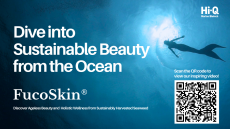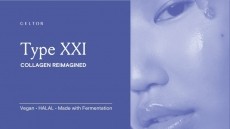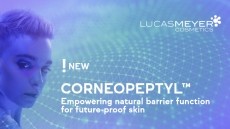Liposomes protect bioactive function of guarana in cosmetic applications, discover researchers

Researchers discovered that using nanoparticles, specifically liposomes, resulted in a protective effect of the bioactive function of a natural active ingredient, guarana.
The study, published in Cosmetics, found “a protective effect of guarana against the damage of cytotoxicity caused by liposomes for the different cell lines.”
Guarana, a Brazilian plant with antimicrobial and antioxidant abilities, is a natural active ingredient. Although it contains bioactive compounds, natural ingredients can be unstable.
One solution to this instability is to incorporate nanoparticles, such as liposomes, which can increase the bioavailability of the natural product by promoting the release of active compounds via a carrier function.
In Brazil, guarana is used as a stimulant in energy drinks and food supplements. It is used in cosmetic products in the cosmetic industry for its antioxidant and antimicrobial function, and the high alkaloid content lends itself to anti-aging cosmetic products.
In this study, the authors found guarana contained five main active compounds – theobromine, theophylline, caffeine, catechin, and epicatechin. However, due to their chemical compositions, the active ingredients are susceptible to oxidation.
The researchers tested liposomes containing one mg/mL of guarana powder, which they prepared via reverse-phase evaporation. The samples were stored in three different ways: room temperature, climatic chamber, and under refrigeration, and the authors tested each sample over ninety days.
Active ingredient content and cytotoxicity
The active ingredient content decreased for the samples at room temperature and in the climatic chamber; refrigeration helped to retain active ingredient content until sixty to ninety days. The samples in the climatic chamber and at room temperature showed decreases in all active ingredients in fewer than sixty days.
For encapsulation/incorporation concentration, the authors could not determine theobromine or theophylline due to low concentrations within the guarana powder. The caffeine content had low incorporation and encapsulation due to its high hydrophilicity.
Both catechin and epicatechin had higher incorporation contents but experienced a significant reduction at sixty days under refrigeration.
The analyses of in vitro cytotoxicity for skin cells found that all tested cells showed a slight decrease in viability, but the reduction was less for the samples containing guarana. The authors wrote, “thus evidencing possible protection by guarana from cytotoxic effects. In this sense, guarana-loaded liposomes present a potential application for topical administration.”
The protective effect is likely due to phenolic compounds' antioxidant activity within catechins. “These compounds actively protect the body against the effects of free radicals, helping to prevent diseases.”
Source: Cosmetics
2023, 10(3), 79; https://doi.org/10.3390/cosmetics10030079
Title: “Profiling and Evaluation of the Effect of Guarana-Loaded Liposomes on Different Skin Cell Lines: An In Vitro Study”
Authors: Roggia, I., et al.




























